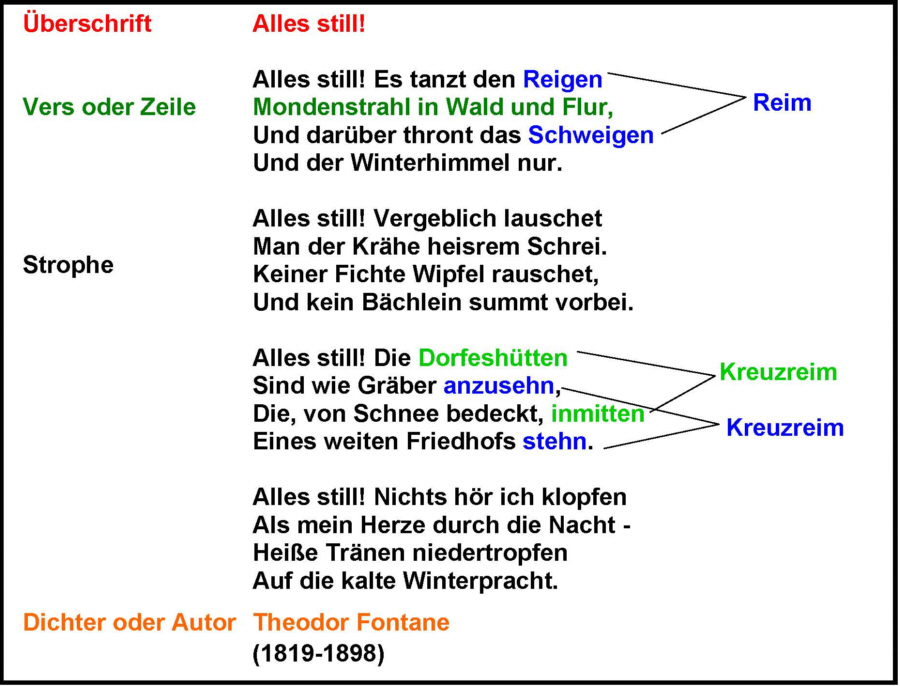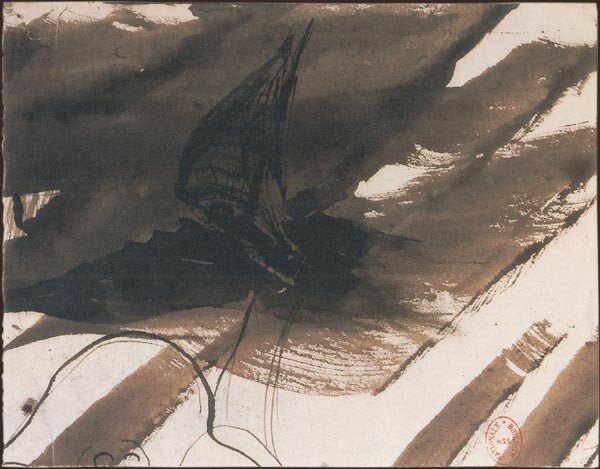

The biological function of the song appeared to be to maintain pair bonds and to synchronize breeding activities. Most strophes were composed of 2 to 6 elements that were often dissimilar in structure and ranging from 0.98 to 4.5 kHz. The songs were composed of strophes (phrases) with minor structural variations of elements that were preceded and followed by a temporal gap (3 to 12s). Individuals sang throughout the year and most songs were discrete and stereotyped. This species emits a high variety of vocal signals that can be classified on the basis of their acoustical features and context of production. This paper deals with acoustic communication in the Red-vented Bulbul Pycnonotus cafer.

The author concludes on the need of utilization of various methods of composing reference material, which would maintain apparent connection of strophic forms of different sizes substantiated by plausible genre proximity possible correlation between the late medieval forms of literature in Romanic languages and forms of troubadour poetry, for establishing genetic affinity with the latter and the subsequent creation of historical poetics of the European strophe. The novelty of this research manifests in creation of a range of methods for compiling compendiums of strophic forms of Provencal poetry and conducted classification according to the principle of the volume of strophes, which in this article is presented in appendix page. Frank’s “Metrical Repertoire of Troubadour Poetry” that retains scientific fundamentality of the latter and addresses its flaws. Taking into account the specificity of Old Provencal poetry, the author defines the additional ways of its presentation in the reference book comparable to I. The author determines the strong and weak aspects of their prosodic publications. Analysis is conducted on the approaches towards compiling such type of compendium demonstrated By I.
Strophes a 6 vers full#
The subject of this research is the principles of presentation to the reader of the full corpus of poetic texts of troubadours in a specialized publication in form of metrical-strophic reference book. By a curious coincidence the part of the poem which is almost intact and which deals with the occasion consists of five strophes or seventy lines: it seems to be the case, thus, that the lost or damaged part also consisted of five strophes or seventy lines of choral lyric and dealt with myth: what we can make out, certainly, appears to be exclusively myth and attendant moralising. Since each strophe consists of fourteen lines, we may thus imagine the whole to have consisted of ten strophes. If a full column of 35 lines has been lost before our column i-a pre-eminently reasonable hypothesis-the entire poem will have consisted of 140 lines. The lengths of the existing columns are 34 lines (i), 34 lines (ii), 33 lines (iii). Of a fourth column nothing is legible, though a coronis opposite the fifth line of column iii shows that the poem ended only four lines after our text runs out. Of these the first 34 lines (column i) are badly mutilated owing to the disappearance of the left-hand side of the column, whereas lines 35–101 (columns ii and iii) can be restored with almost complete confidence. The papyrus text of the Partheneion, discovered in 1855 and now in the Louvre, consists of 101 lines in three columns.


 0 kommentar(er)
0 kommentar(er)
